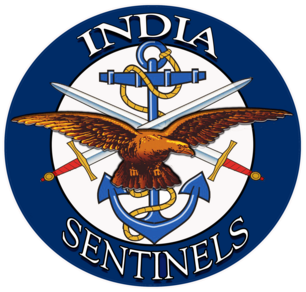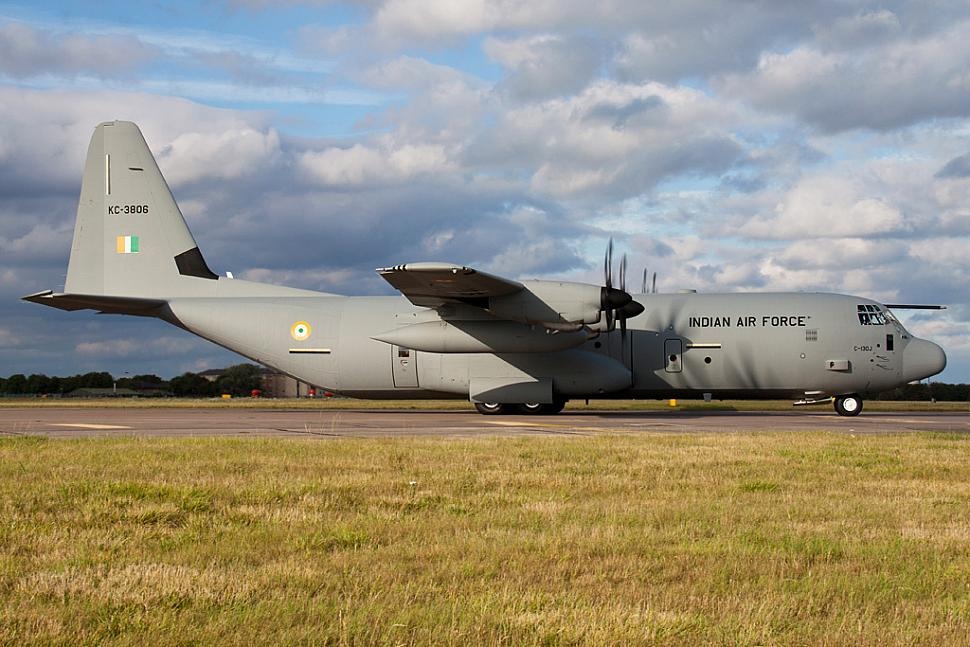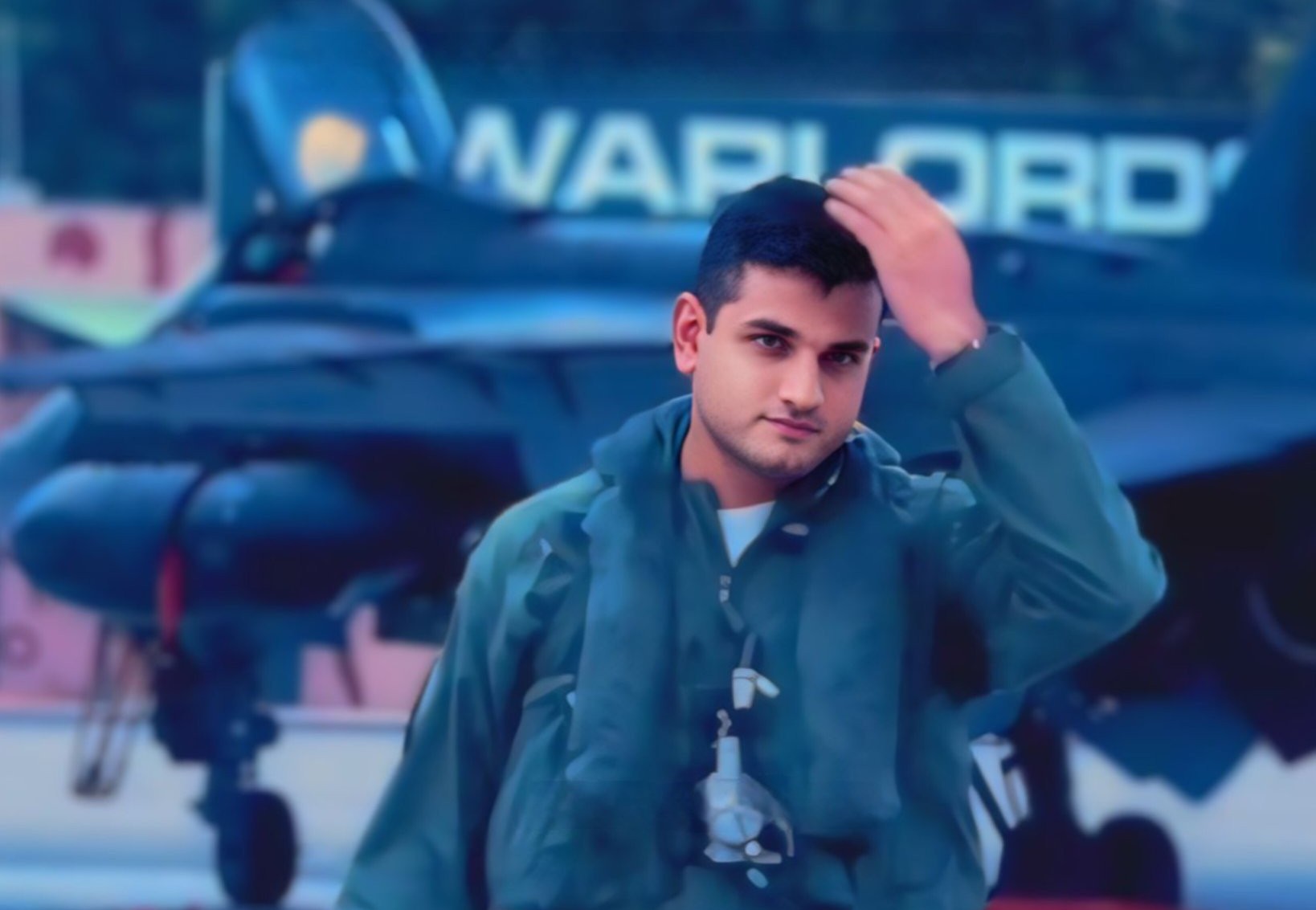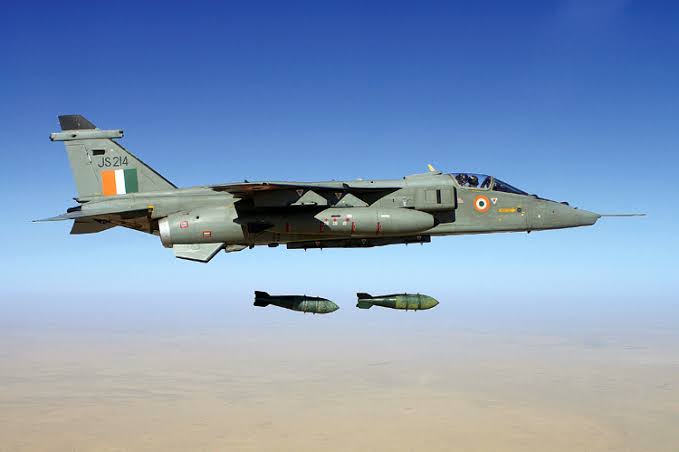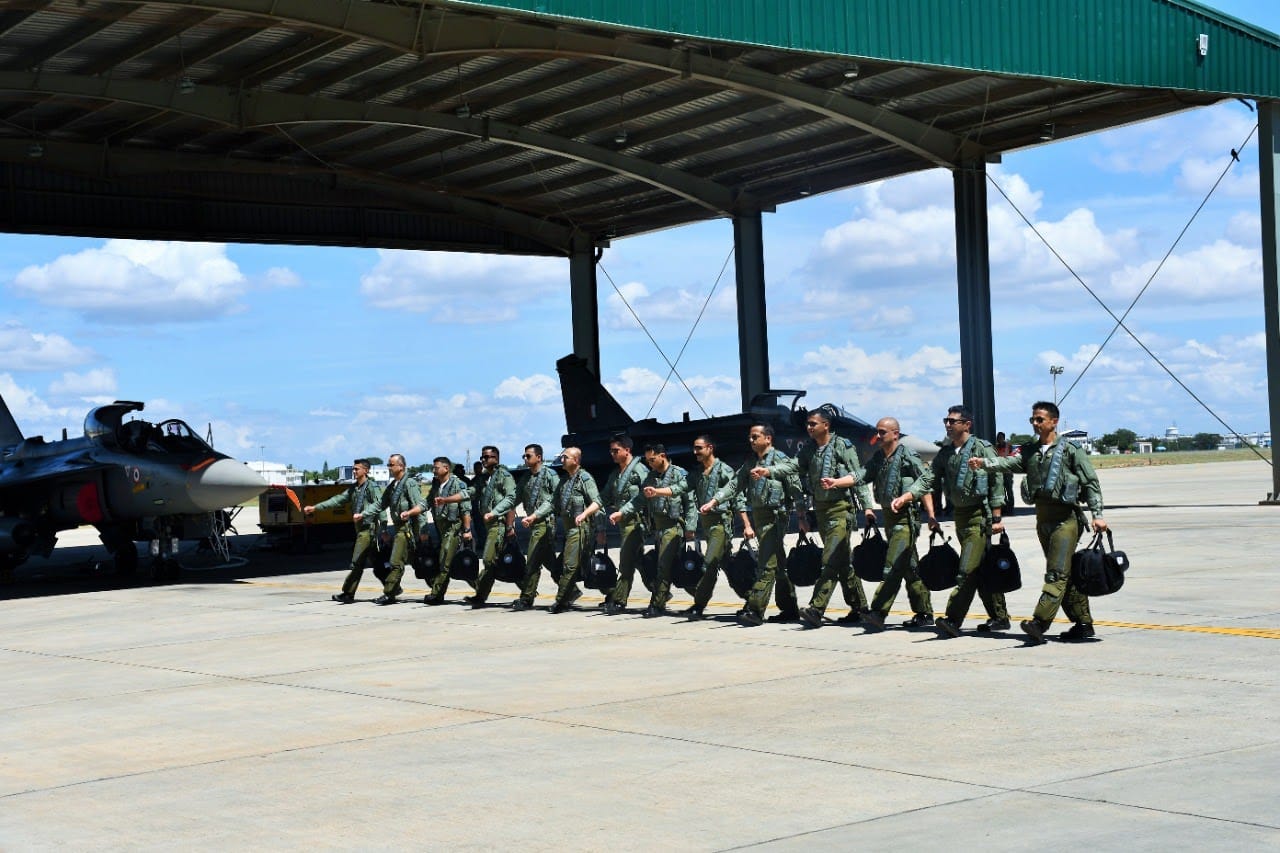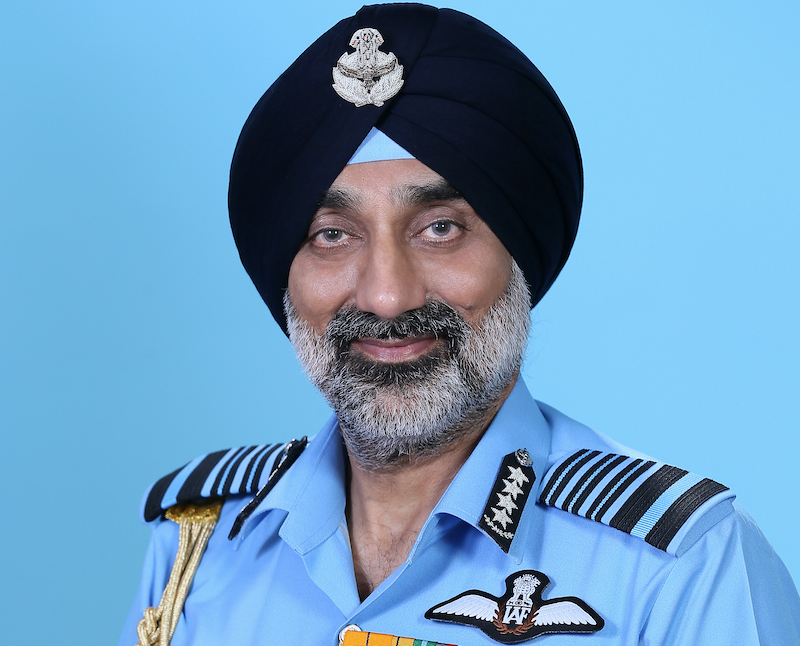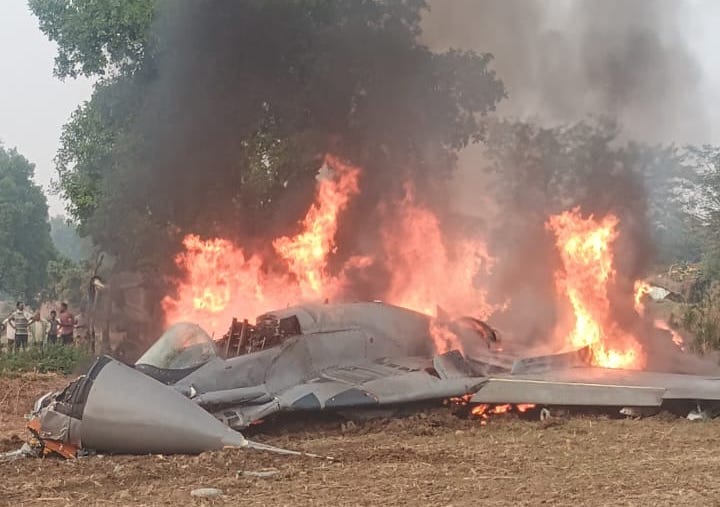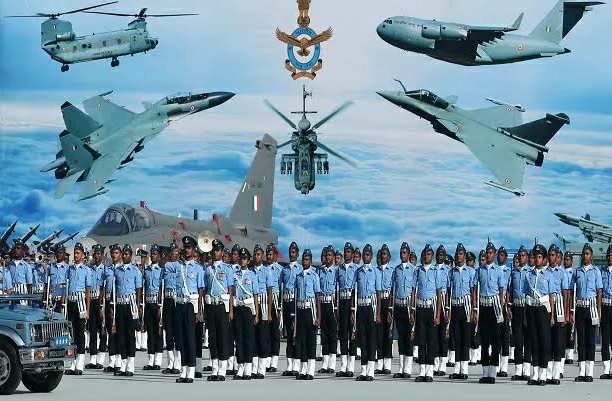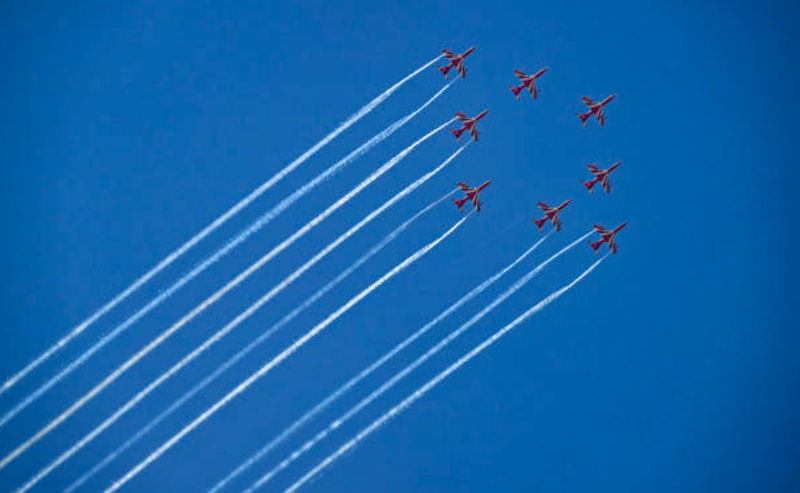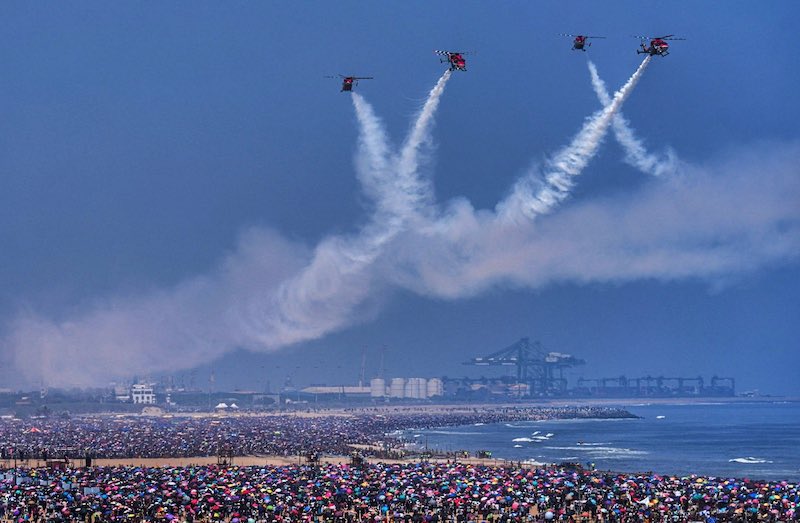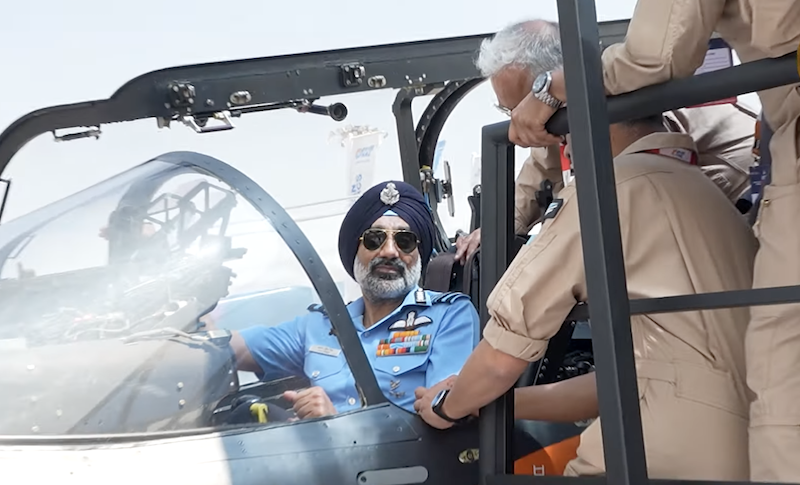 Screenshot of the video showing ACM Amar Preet Singh on the cockpit of HJT-36 Sitara talking to a HAL official, during which the exchange took place.
Screenshot of the video showing ACM Amar Preet Singh on the cockpit of HJT-36 Sitara talking to a HAL official, during which the exchange took place.
Berngaluru: During the Aero India – 2025 airshow in Bengaluru, a candid exchange between Indian Air Force Chief, Air Chief Marshal Amar Preet Singh, and an official from Hindustan Aeronautics Limited (HAL), on Monday, brought to light significant concerns regarding the progress of India’s indigenous fighter jet programme. Seated in the cockpit of a HAL-produced trainer aircraft, HJT-36 Sitara (now renamed as Yashas), the Air chief expressed his dissatisfaction with HAL’s delays in delivering the Tejas-Mk1A fighter jets.
In a video that quickly gained traction across social media platforms, ACM Singh was heard stating, “At the moment, I am just not confident of HAL, which is a very wrong thing to happen.” He emphasized the urgency of the matter by recalling a prior commitment. He said, “I was promised that when I come here in February, 11 Tejas-Mk1As would be ready. And not a single one is ready.”
He further critiqued the aircraft presented, noting, “The aircraft that you flew, calling it Mk1A. It is not Mk1A. It cannot happen just by change of one software or by looks. When the weapons come and the capability comes, then it’s Mk1A.”
The IAF chief’s remarks underscore the service’s mounting concerns over HAL’s ability to meet critical defence timelines. The IAF currently operates 31 fighter squadrons, below the sanctioned strength of 42, highlighting the pressing need for timely induction of the Tejas-Mk1A to bolster national defence capabilities.
Later, in response to the criticism, HAL’s chairman and managing director, DK Sunil, acknowledged the delays but attributed them to external factors, notably sanctions imposed on India following the 1998 nuclear tests. He stated, “The concern of the air chief is understandable. Of course, his squadron strengths are going down.” Sunil assured that production issues would be resolved once General Electric supplied the necessary jet engines, expressing confidence in meeting future delivery timelines.
The video of this interaction rapidly went viral, sparking widespread discussion within defence circles and the general public. Many viewed the Air chief’s candid remarks as a necessary call to action, emphasizing the imperative for HAL to adopt a more mission-oriented approach.
The incident has intensified the spotlight on India’s indigenous defence manufacturing capabilities, underscoring the critical need for efficiency and accountability in meeting the nation’s defence requirements.
